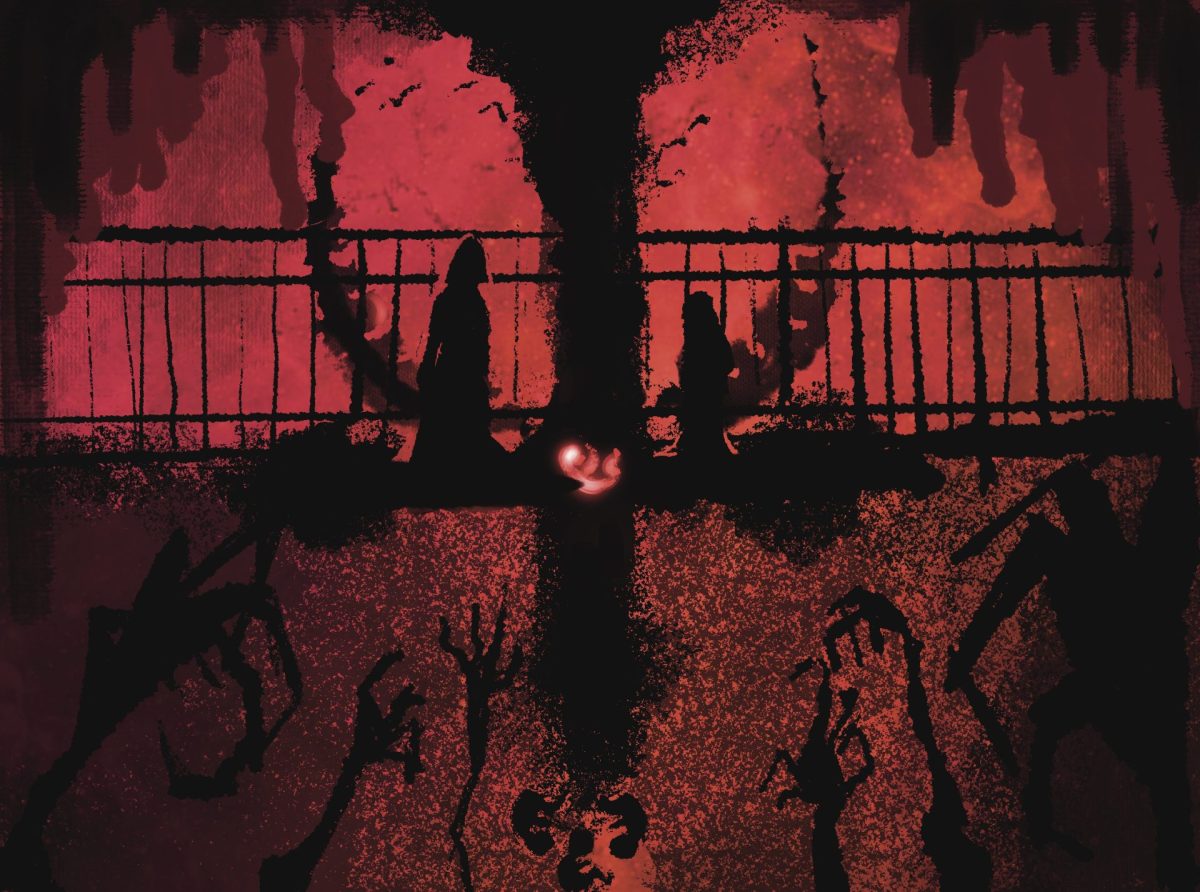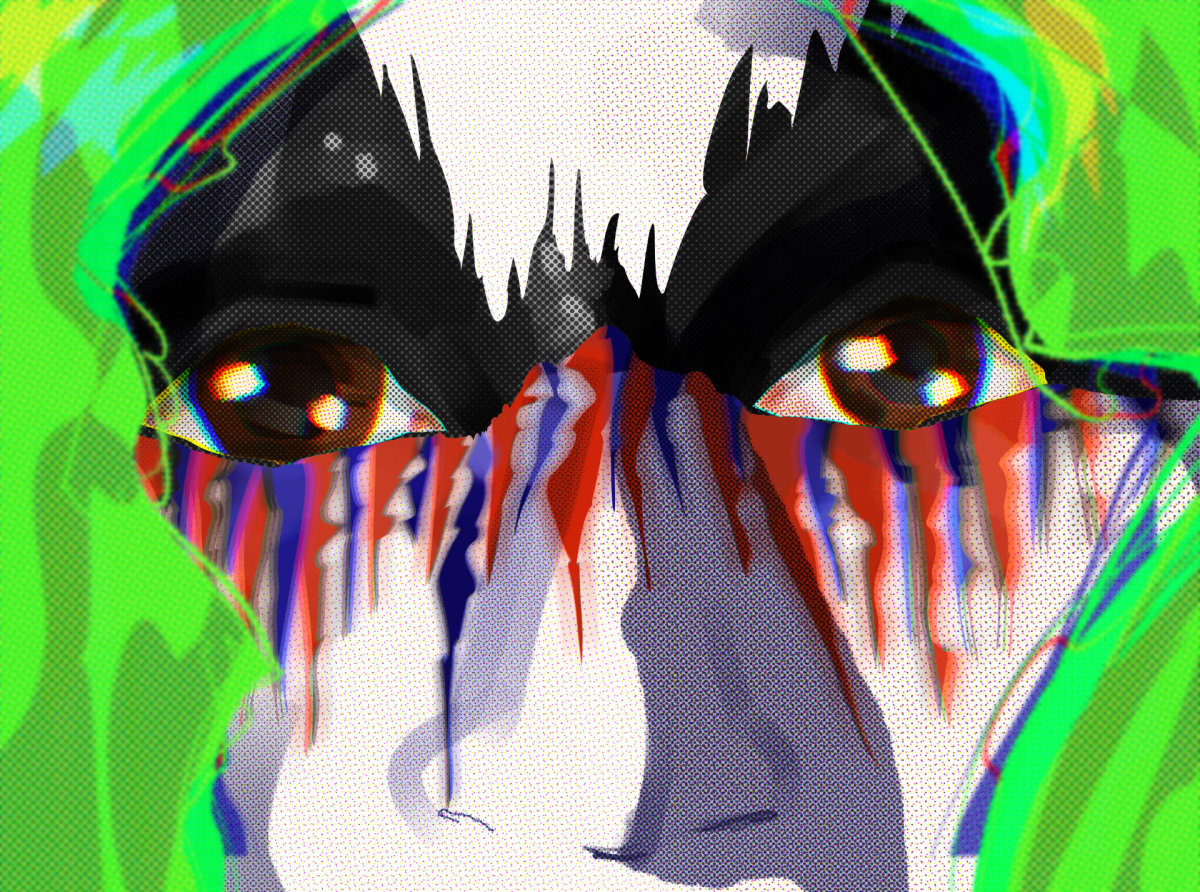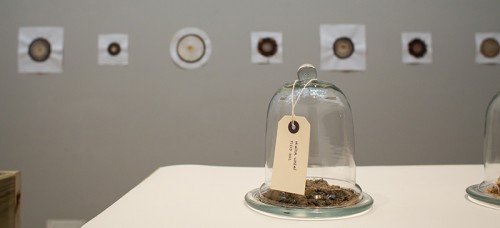
With snow packed on the ground right now, soil is hard to come by, but the DePaul Art Museum has plenty to go around.
“Rooted in Soil,” which opened Jan. 29 at the museum, explores the reciprocal relationship between humans and soil through a variety of mediums.
Upon entering the museum, the viewer is immediate invited to be a part of the exhibit with Vaughn Bell’s “Metropolis.” The hanging terrarium allows museum-goers to put their heads in one of the four mini ecosystems.
The exhibition, curated by the museum’s Interim Director Laura Fatemi and her daughter Farrah Fatemi, an environmental scientist and DePaul graduate, spans the entirety of the first and second levels.
The work of many of the artists highlights the importance of soil and how it’s a part of everything in our world. This idea is mirrored by the range of mediums presented in the exhibition — from photography to sculpture, soundscapes to video and more, “Rooted in Soil” takes traditional forms and infuses them with ecological twists.
Jenny Kendler’s “New Ways to See” series does a fantastic job of combining traditional sculpture with environmental issues. She uses vintage marble busts with various strains of lichen, a fungus derived from algae, emerging from the eyes. Kendler’s works strive to bring together nature and culture, two fields that were traditionally separated. It’s subtle and almost a little creepy, but it’s a great introduction to environmentally-charged work.
In the back gallery of the first floor, Claire Pentecost’s “Our Bodies, Our Soils” is the most overtly scientific work. Pentecost, a Chicago-based artist and professor at the School of the Art Institute, collected soil from around Chicago and placed them in bell jars. The viewer can lift the bell jar to smell it, understanding the subtleties between the different samples. It’s like an environmental science lab activity, but a lot more fun, and certainly more aesthetically pleasing.
On the second floor, the Chicago Wildsounds soundscape really highlights the interdisciplinary work of the exhibition and the collaboration of the DePaul Art Museum with the rest of the university. Department chair Liam Heneghan and a select group of students collected sound recordings from the lakefront for more than a year.
The soundscape is nestled in a hallway-like room with projections of images on the wall. When the viewer walks through, the projection is obscured and the viewer in a way becomes a part of it. Recording on the lakefront in Chicago provides such a unique mix of city sounds, such as car horns, and nature, such as birds, bugs and thunderstorms.
A visit to “Rooted in Soil” is a must for anyone. The interactive nature of much of the work makes a tougher subject matter more accessible — a subject matter we all must understand more. At the very least, give it a visit to remember what dirt looks like, not when it’s buried under a foot of snow.
“Rooted in Soil” runs through April 26 at the DePaul Art Museum.





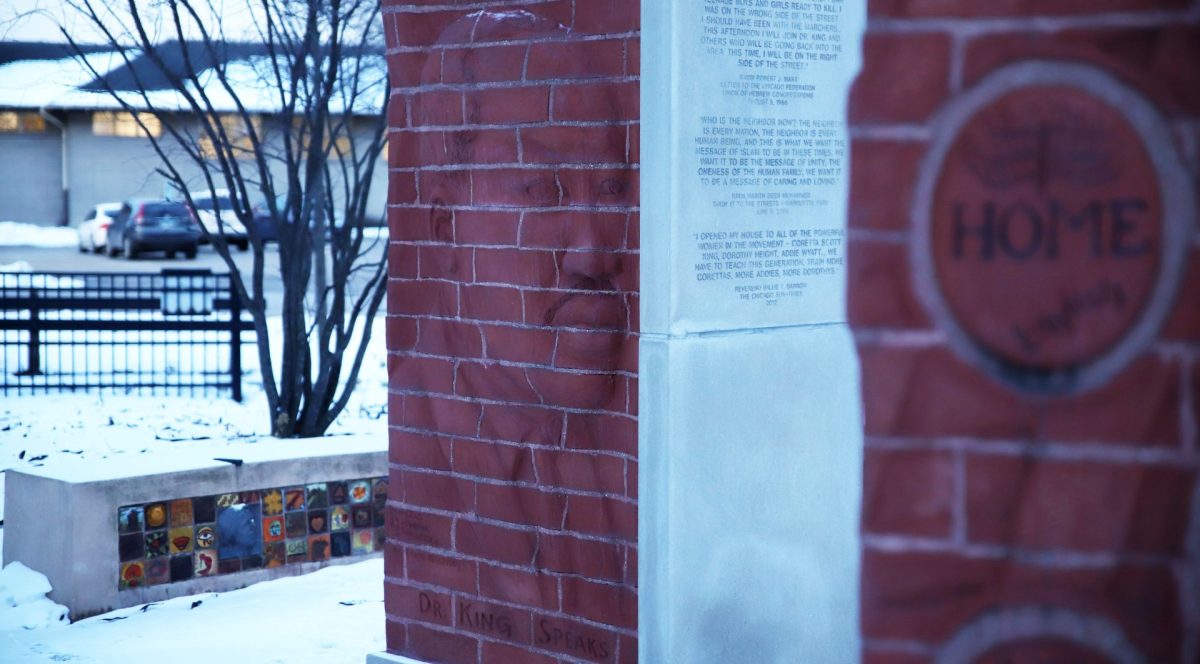
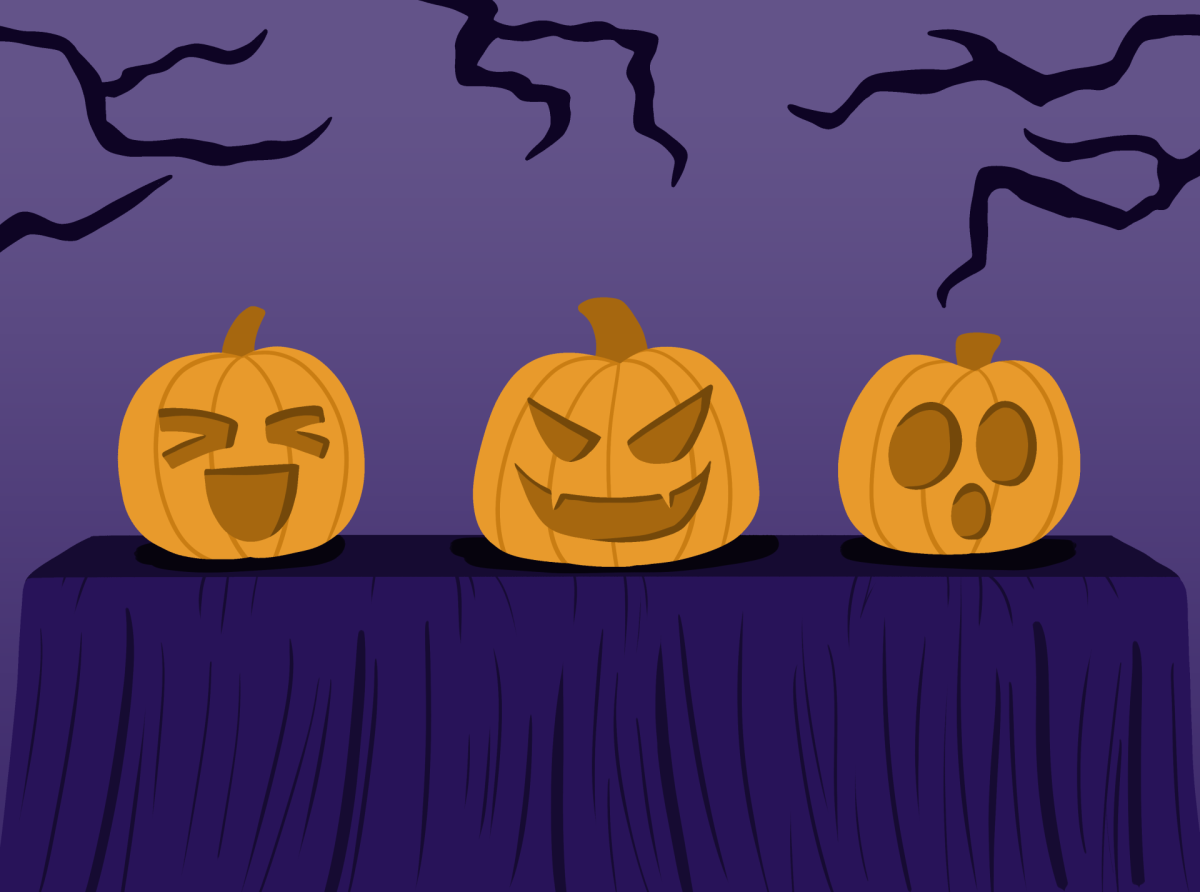
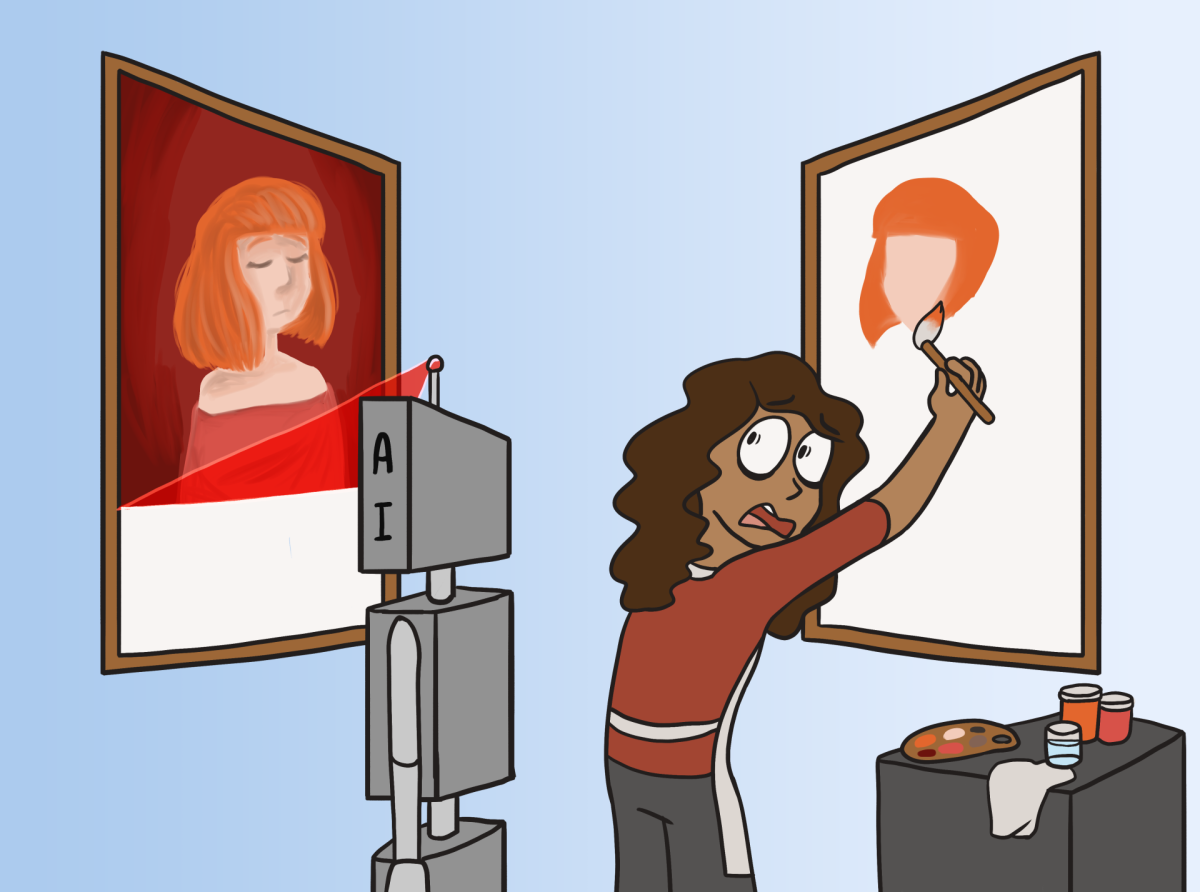
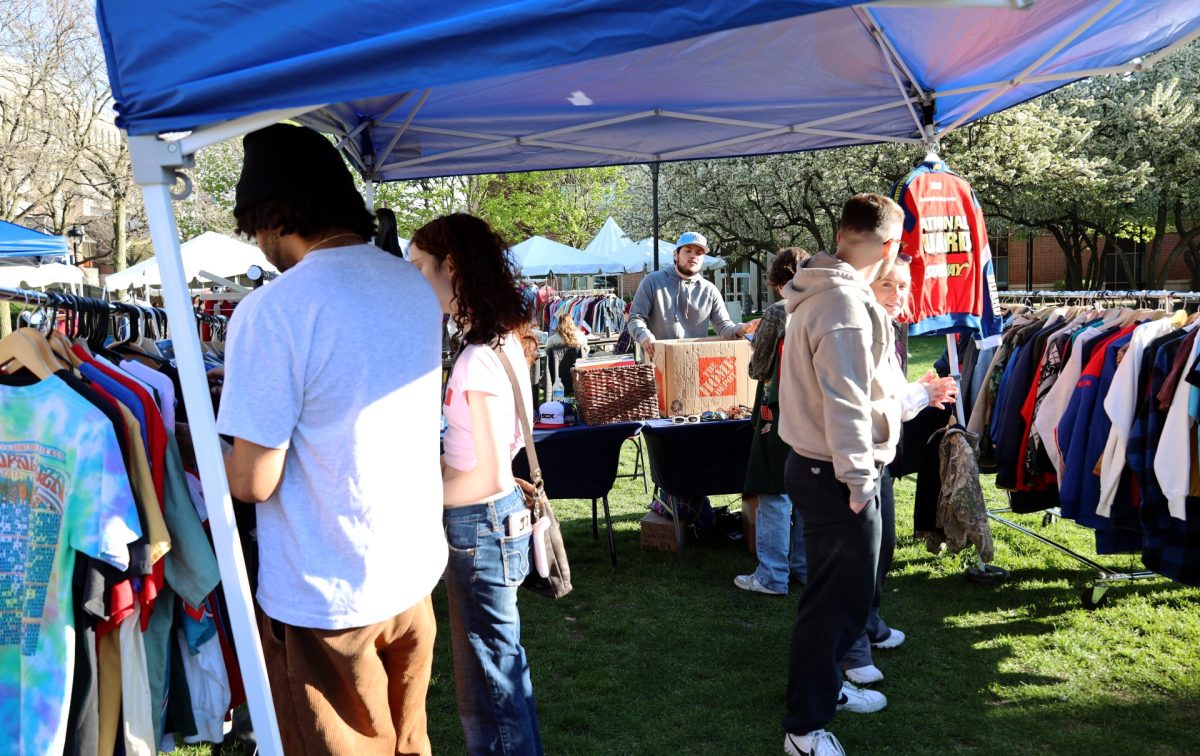

![DePaul sophomore Greta Atilano helps a young Pretty Cool Ice Cream customer pick out an ice cream flavor on Friday, April 19, 2024. Its the perfect job for a college student,” Atilano said. “I started working here my freshman year. I always try to work for small businesses [and] putting back into the community. Of course, interacting with kids is a lot of fun too.](https://depauliaonline.com/wp-content/uploads/2024/04/ONLINE_1-IceCream-1200x800.jpg)

